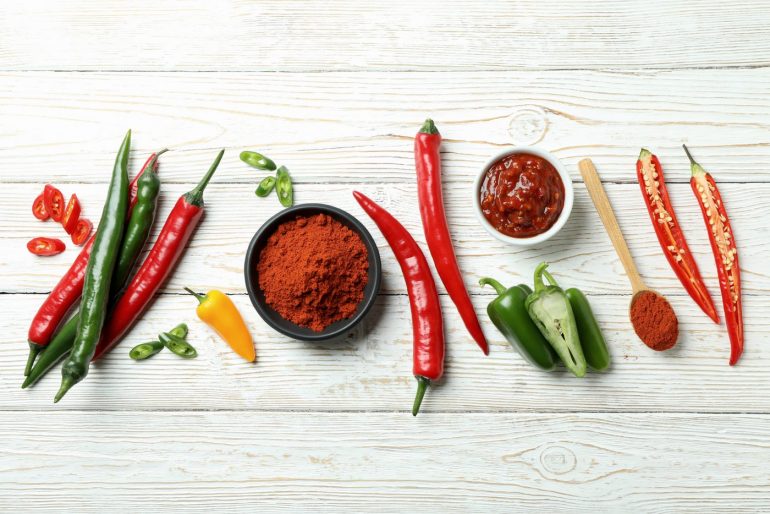Spicy food is a hot trend these days
When we were growing up, salt and pepper were the most common spices people used to flavor savory foods. But today, adventurous eaters are turning up the heat on chefs and manufacturers to create foods and beverages with ever-bolder flavors and ranges of heat — from subtle to scorching.
According to food researchers, within the category of hot and spicy flavors and ingredients, there is growth among those that are from emerging ethnic cuisines and ones that were formerly not readily available ingredients, like Sriracha.
Of the growing trend for new flavors and heat, Maeve Webster, Senior Director at Datassential told Food Technology magazine, “It is a great example of something that has experienced exponential and fairly consistent growth over the last few years.”
In the early 2000s, it was rare to find someone outside of ethnic neighborhoods who had ever even heard of things like harissa and shishitos — let alone tasted them.
Now, restaurants feature sriracha sauce as a marinade for meat and vegetables, large grocery store chains carry bottles of it, and even snack food giant Frito-Lay experimented with selling Sriracha Flavored Potato Chips for a limited time.
In Food Technology, published by the Institute of Food Technologists (IFT), Senior Associate Editor Karen Nachay described several unique spicy ingredients that more and more people are using to turn up the heat.
8 delicious ways to use spicy ingredients to turn up the heat
Szechuan peppercorn
This particular type of peppercorn is actually a member of the citrus family, and is commonly used in Sichuan cuisine from China, as well as other types of cuisine throughout Asia. The tingling sensation has a slow onset, and lingers in the mouth for a long time.
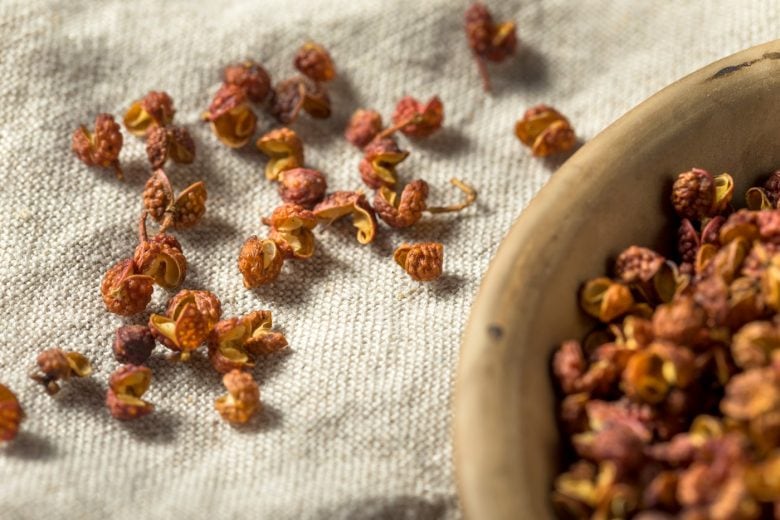
Gochujang
Popular in Korea, gochujang is a pungent and savory chili paste made from fermented soybeans, red chili peppers, glutinous rice, and salt. It is traditionally used to season Korean entrees like kimchi, and soup.
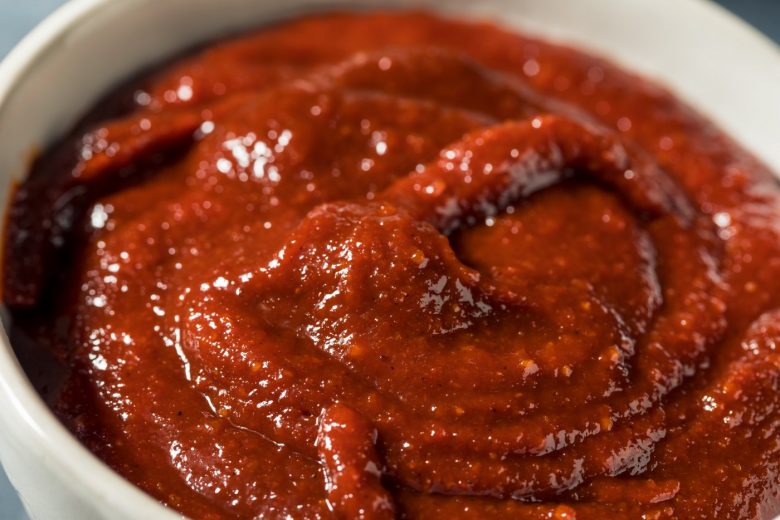
Aleppo pepper
The Aleppo pepper — besides being fun to day — a spice that comes from Syria and Turkey that’s similar to a chili pepper, but with an added bit of sweetness and fruitiness.
It has a heat level similar to Serrano pepper, and is often dried and used as crushed flakes.
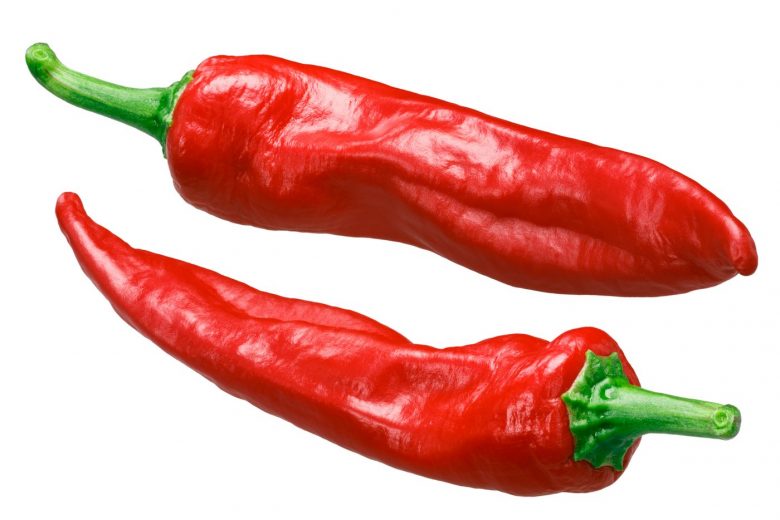
Za’atar
Also called zatar, this is a blend of sumac, herbs like thyme and oregano, white sesame seeds, and salt.
While this condiment is not exactly hot, it can have a nutty, floral herb, and slightly acidic flavor.

Sriracha
A hot sauce made from chili peppers, distilled vinegar, garlic, salt and sugar.
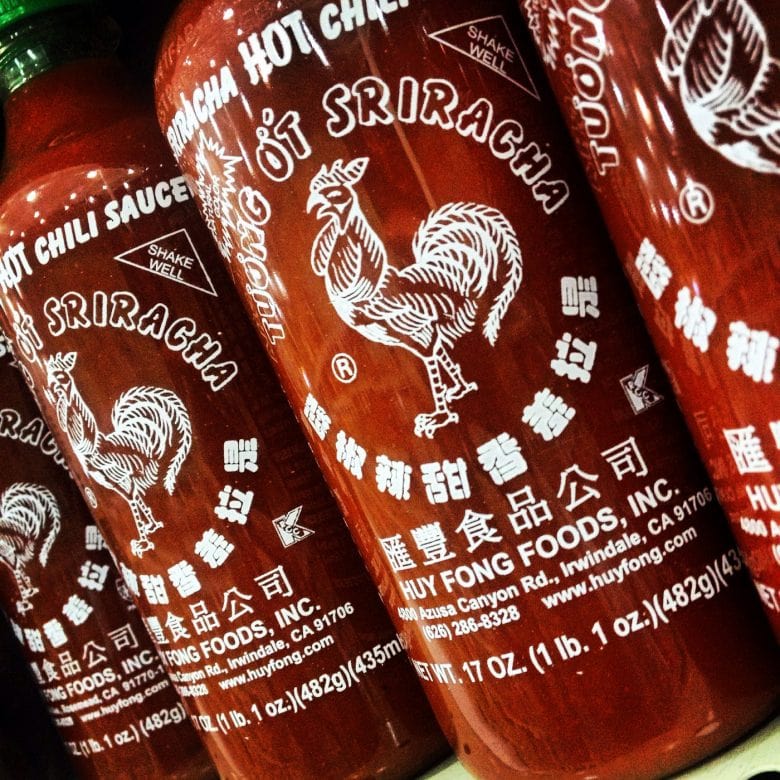
Hatch chili peppers
These are a species of cultivated chili peppers that grow in and around Hatch, New Mexico. They have a mild-to-medium heat level — meaning they’re not as hot as jalapenos. Roasting hatch chilis brings out sweet and smoky flavors.
Shishito peppers
The Shishito is an extremely mild pepper from Japan that can be eaten whole.

Harissa
Harissa is the name of a paste typically made from various dried red chili peppers, cumin, coriander, caraway seeds and garlic.


